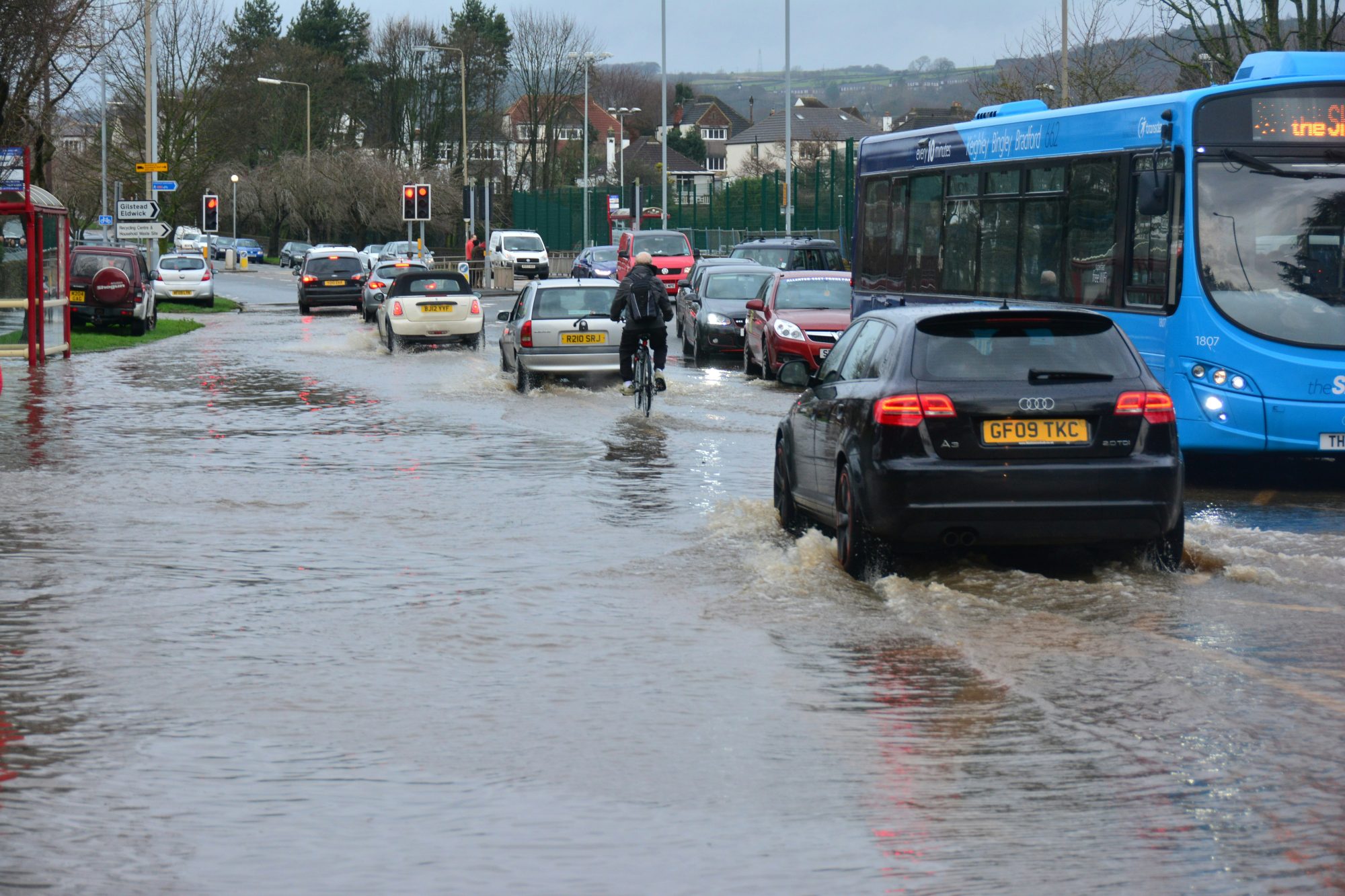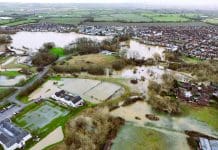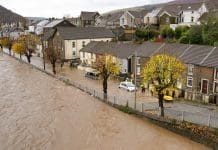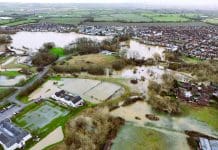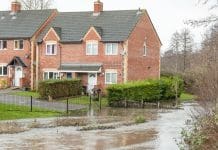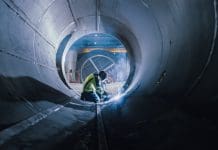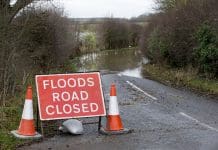Principal engineer Alex Parkes and regional director Dave Baturst at national engineering consultancy Rodgers Leask explain the impact of the delay of Schedule 3 on both developers and local authorities
Earlier this year, it was planned for Schedule 3 of the Flood and Water Management Act 2010 to be implemented in England, providing a framework for the widespread adoption of sustainable urban drainage systems (SuDS) and giving local authorities the role of sustainable drainage approval body (SAB). However, implementation is still yet to happen.
In short, the impact of this delay is a cause for concern. Not only is there no clear guidance or a timeline for rollout of the new requirements, plans for a consultation did not materialise earlier this year either. Since the initial plan was devised for Schedule 3 to become the new normal, there has been a change of government, meaning local authorities and the private sector do not currently know where they stand.
The new Labour government has grand plans for development across the UK, which only makes the adoption of Schedule 3 a greater task and one of many important things to think about. Local authorities are already stretched, and some struggle with maintaining adequate resources, meaning that the required technical analysis, inspections and responsibility for the maintenance of SuDS once Schedule 3 is implemented will be an added burden. Some have chosen to forge ahead anyway, which has created a disjointed approach – adding another layer of confusion.
Local authorities and developers must use this delay to continue preparing for sweeping mandatory changes. While flood risk heightens with every day that passes without the enforcement of SuDS on new developments, there is an opportunity to help ensure that the adoption of Schedule 3 is done as successfully as possible from day one.
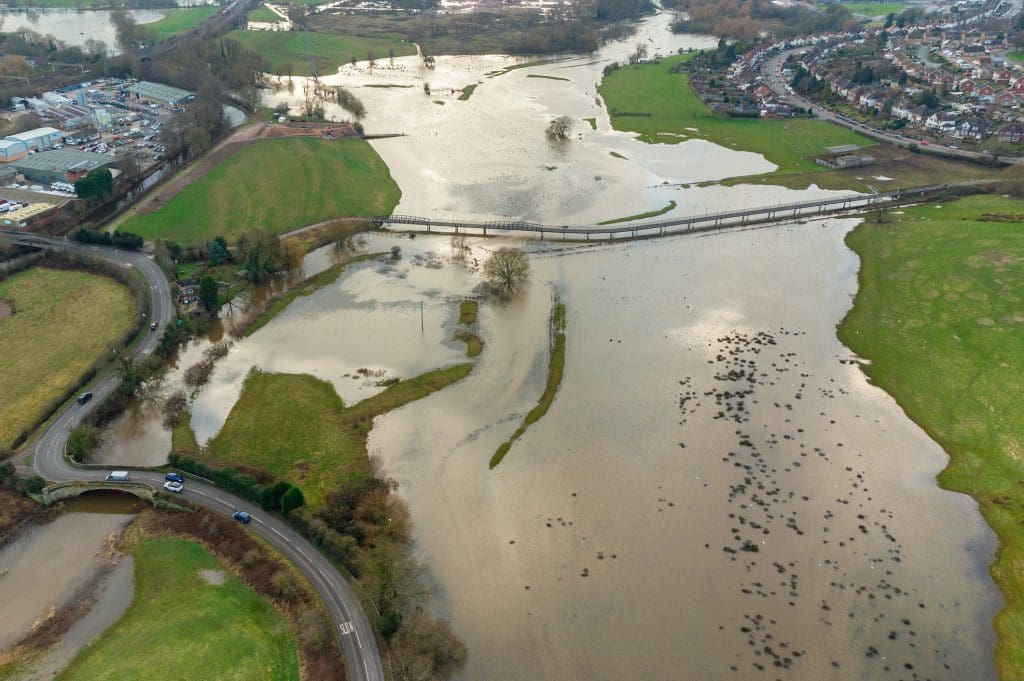
What is Schedule 3 of the Flood and Water Management Act, and where does it come from?
As a country with more than its fair share of rainfall, flood risk assessment has traditionally been a key part of the planning process, but the sheer scale of the UK’s surface water problem has only really come to light in the last decade or so.
During the summer of 2007, England and Wales suffered 414mm of rainfall – more than in any period since records began in 1766. This led to more than 55,000 properties being damaged by flooding. Research found that two-thirds were flooded by surface runoff overloading drainage systems. This was backed up by the government’s national risk register in 2016, and subsequently by the Environment Agency, with its chief executive Sir James Bevan stating that more than three million properties in England are at risk of surface water flooding.
While it took a historically wet period for this to be identified as an issue that is as, if not more, threatening than fluvial flooding, dealing with the drainage of surface water is a long-standing problem that needs creative approaches to solve.
Following the historic case of flooding in 2007, there were two significant outcomes. The Pitt Review was published, which highlighted lessons that needed to be learnt and ultimately led to the framework for the Flood and Water Management Act 2010. Also, the SuDS Manual was first published to provide guidance on planning, design, construction and maintenance of sustainable drainage systems.
SuDS are generally accepted to be the most efficient way to implement successful surface water drainage, minimising run-off in an environmentally friendly way by mimicking natural water systems such as ponds, wetlands, swales and basins. We would argue that almost all engineers would agree that integrating SuDS at the earliest opportunity of a scheme is crucial to its success.
Schedule 3 of the Flood and Water Management Act 2010 provides a framework for the widespread adoption of SuDS and gives local authorities the role of sustainable drainage approval body (SAB), with responsibility for checking compliance and approving their use.
Despite this, there has been a real reticence in England to push beyond a planning-led approach – where the use of SuDS is recommended, but not enforced – to a more legislative one. Previous efforts to implement Schedule 3 met particularly strong resistance from the National Housing Federation.
However, this has not been the case in Wales, where the devolved government has taken action in commencing the enforcement of Schedule 3. Since 2019, all new developments in Wales of more than one dwelling, or with a construction area of 100 square metres or more, must include sustainable drainage systems for surface water, and these must be designed and built in accordance with statutory standards. However, because the implementation of Schedule 3 in Wales includes the COVID-19 period, it’s difficult to use this as an indicator of the likely impacts in England.
The approach in Wales, along with the findings of David Jenkins’ report into responsibilities around surface water and drainage, has prompted Westminster to belatedly reconsider its approach to Schedule 3, leading to the decision in 2023 to implement it across England – essentially making it the default for almost all new developments. This process, being led by the Department for Environment Food and Rural Affairs (Defra) in consultation with the Association of SuDS Authorities, has yet to move forward despite initial plans for implementation this year.
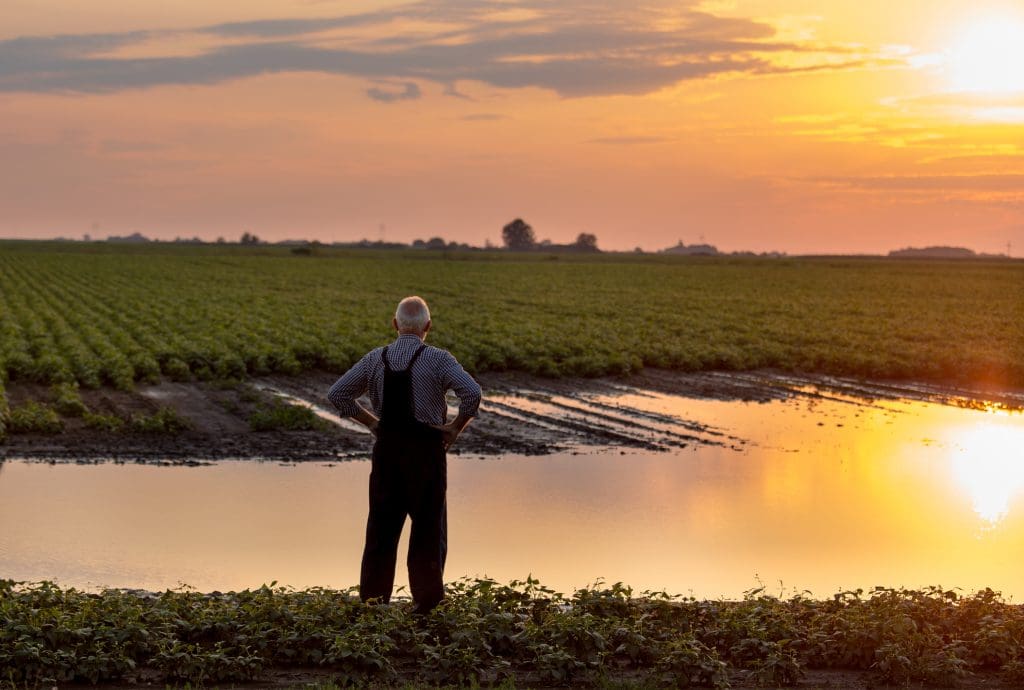
Disconnect with BNG
Biodiversity net gain (BNG) was made mandatory for developers on 12 February 2024, ensuring development has a measurably positive impact on biodiversity in comparison with what was there before development.
SuDS can help developers meet BNG requirements by creating new habitats and natural corridors for wildlife, but also by using landscaped features to naturally manage surface water. This begs the question why BNG legislation was rolled out before Schedule 3, creating a disconnect between requirements which have a direct link.
The combination of changes mean a significant shift in responsibility and approach to masterplanning, which is why developers must be proactively asking questions and assessing viability even more carefully than in the past. Developers will likely need to consider how to integrate SuDS into their layouts at an early stage to make the most efficient use of their developable areas.
Engineers and landscape architects should be brought into the conversation on new sites as early as possible, to inform the masterplanning process and avoid the need to lose plots or lettable floor space later on.
An industry in suspense
There is a feeling across the flood risk assessment community that the implementation of Schedule 3 is a case of “better late than never”, but there is still a long way to go. If you look at a 2012 Defra consultation, the results show that while government policy actively encouraged developers to build SuDS, only an estimated 40% of new developments were drained by them.
New plans appear to outline that SABs will check that detailed design of SuDS comply with the principles agreed at the planning stage, and if they are approved for adoption inspections will be carried out by SABs at key stages of construction – such as backfilling of underground attenuation tanks.
Developers we have engaged with have voiced concerns that, where there is ambiguity, there is going to be further delays to an already slow approvals process, which favours nobody, but at present this is merely speculation. Uncertainty over who is responsible for maintenance and the fees that will be charged for the application process to get SAB approval will also create a sense of unease in the build-up to legislative change.
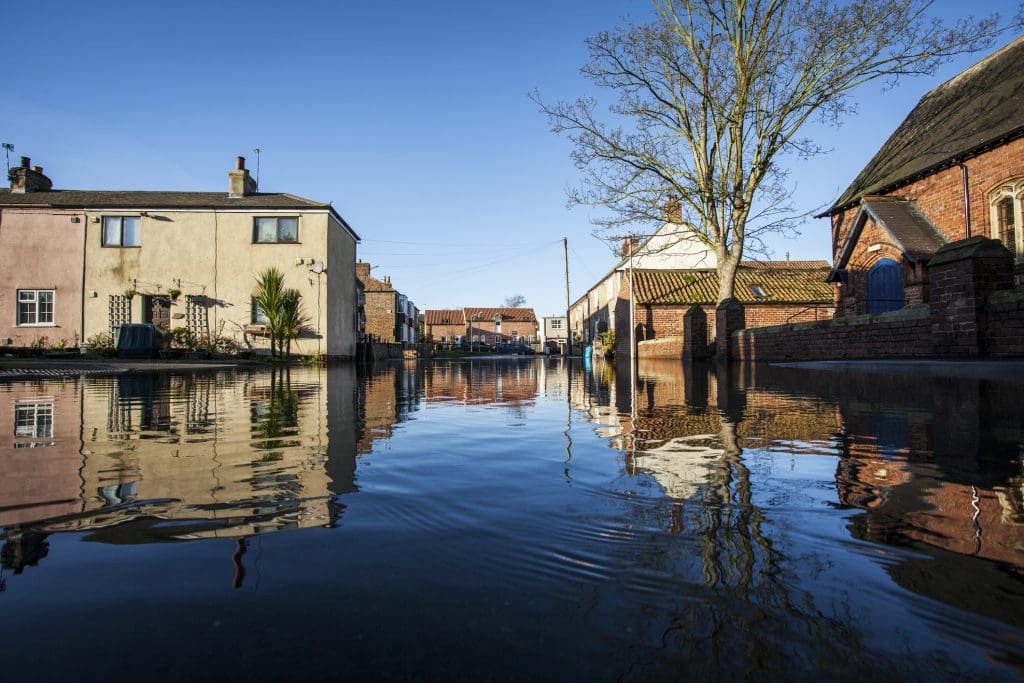
Furthermore, from a local authority perspective, recruitment will be required to help process applications and carry out inspections, but not knowing the application fee makes it difficult to budget. Currently, most local authorities only have the resources to respond to surface water drainage proposals for major planning applications, but Schedule 3 will require them to respond to all proposals above a 100m2 threshold – so there is clarity needed as far in advance as possible to make the transition smoother.
Time will tell, but the implementation of Schedule 3 in England could well be the catalyst that pushes SuDS up the list of key masterplanning components. Getting everybody on board with a new statutory standard, which is expected to include a couple of amendments from the current non-statutory standard, begins with education, and developers need to be advised by engineers who have their ears to the ground and are able to lean on their experiences in Wales to prepare for what could be expected to come in England. While national standards are expected to be the basis for design, requirements for adoption are expected to follow local procedures so knowledge will be the key.
How long must we wait?
We recently spoke to the development arm of a major water company to support its understanding of what Schedule 3 entails and how to prepare, which is an example of private sector efforts to keep the topic on the radar of those it will impact. However, these efforts must be backed by a clear government plan for the legislative rollout of Schedule 3. Severn Trent Water, and other organisations we have engaged with already, are not only trying to ensure they understand the incoming changes to compliance – they are factoring Schedule 3 into their plans for managing land that is fit for the future.
Improvements to sustainable drainage will make a big difference to the quality and effectiveness of new developments and infrastructure in England, so how long must we wait before the government provides the clarity and guidance required for widespread adoption and long-lasting change?


